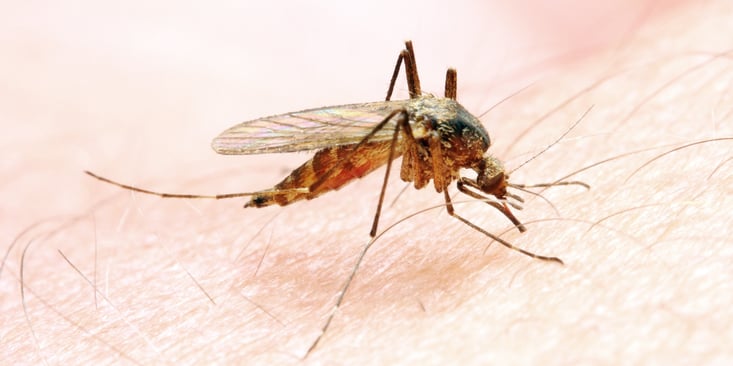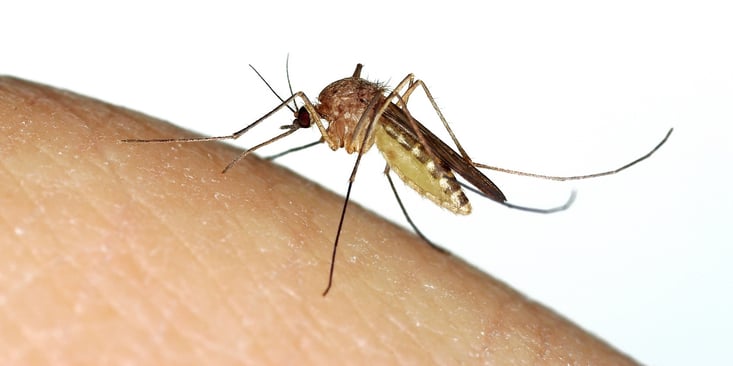
There are literally thousands of different species of mosquitoes. They're here, they're there - they're everywhere. While the biggest culprits feed on our blood and spread horrible diseases, some of them prefer feeding on other animals, and some rarer varieties don't feed on blood at all.
Here we break down the most common genus of mosquitoes.
Aedes
This genus of mosquito were originally found in tropical areas, but have since been spotted everywhere except Antarctica. Aedes mosquitoes are notorious vectors for viral infections, including dengue, West Nile, chikungunya, and more recently Zika. The two most common species are the Aedes albopictus (aka Asian Tiger Mosquito) and the Aedes aegypti (aka Yellow Fever Mosquito).
Both species are not typical in Canada due to our cooler climate, however the Aedes albopictus was recently found in Ontario, likely to be brought in via U.S freight. With long term climate change a big concern, there's a chance Canadians will need to start worrying about Zika in the future.

Anopheles
Also known as Marsh mosquites, this genus has about 460 different species. The most prominent species is the Anopheles gambiae, which is well known for carrying and spreading malaria. Malaria is the number two cause of death in the world, and kills hundreds of millions of people globally.

Culex
Also known as the House mosquito, the Culex genus contains several species that are vectors of West Nile, encephalitis, and Rift Valley fever to name a few. They are found everywhere except the extreme North, and are the most common mosquito found in major US cities.

Culiseta
The Culiseta genus have adapted to the cold, and are found everywhere except South America. Most species tend to bite birds and mammals, and their larvae is generally found in ponds, streams, ditches, and rock pools.

Mansonia
These mosquitoes are bigger than most, and are black or brown with sparkling wings and legs. They're found in most parts of the world, and are known to transmit encephalitis. Mansonia mosquitoes prefer to bite in the evening.

Psorophora
With a realm of species, Psorophora mosquitoes vary in size, from small to very large. They're mostly found in tropical areas of North and South America, and are vectors for Ilheus virus and encephalitis. They are sometimes referred to as flood-water mosquitoes, since they like laying their eggs on mud.

Toxorhynchites
Also known as the Elephant mosquito, this genus doesn't consume blood. Like their male counterparts, the females feed on plant nectar, and don't pose a risk to humans. Interestingly, their larvae prey on the larvae of other mosquitoes; it's been suggested that Toxorhynchites could be introduced in areas they don't generally inhabit to help fight dengue.

Wyeomyia
Mostly found in Central and South America, this genus aren't known to carry diseases, so don't pose a risk to humans. There are 140 known species, and they generally inhabit flowers, bamboo, tree holes, and containers.

Follow us on Facebook for more mosquito knowledge.



